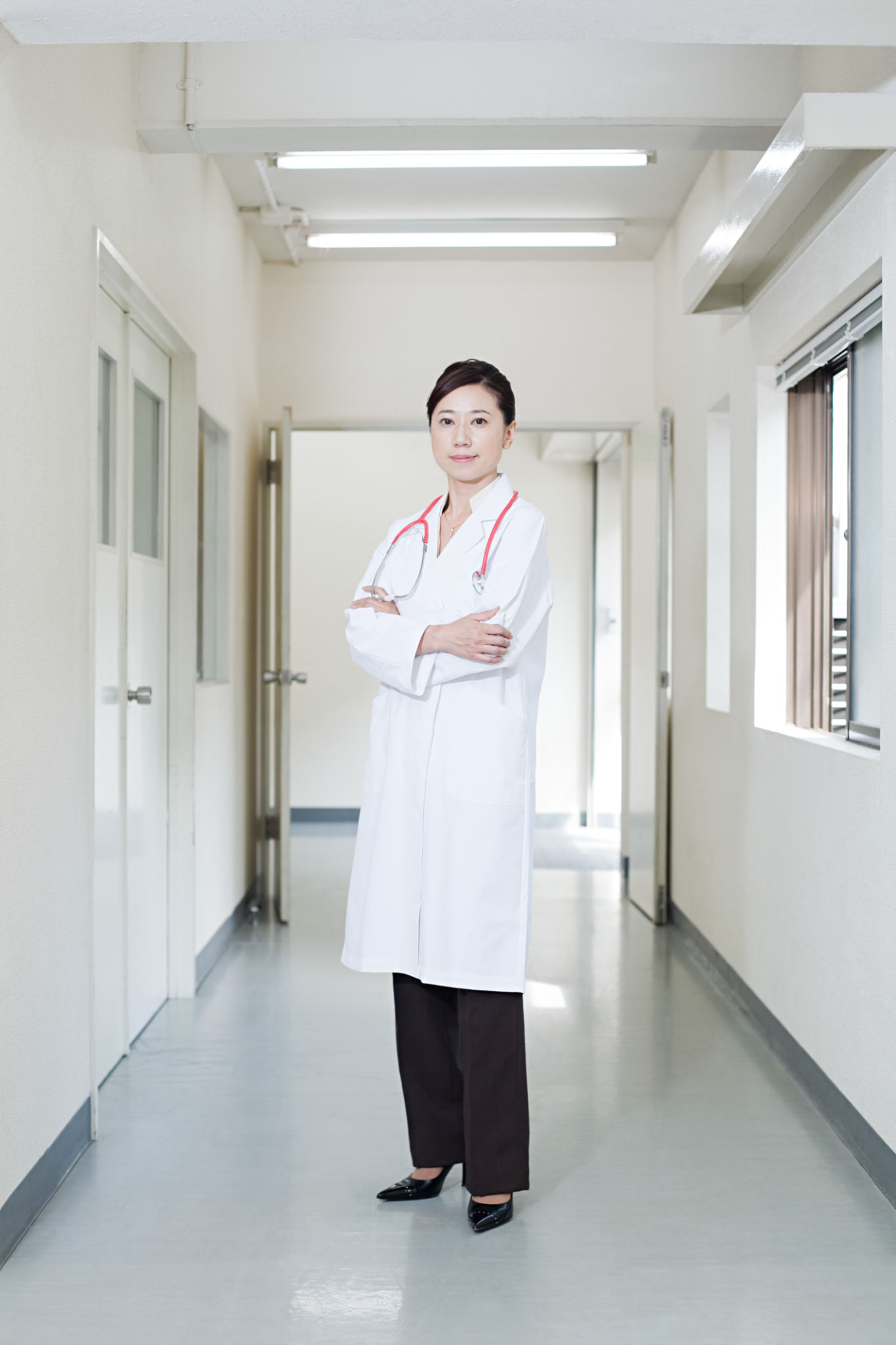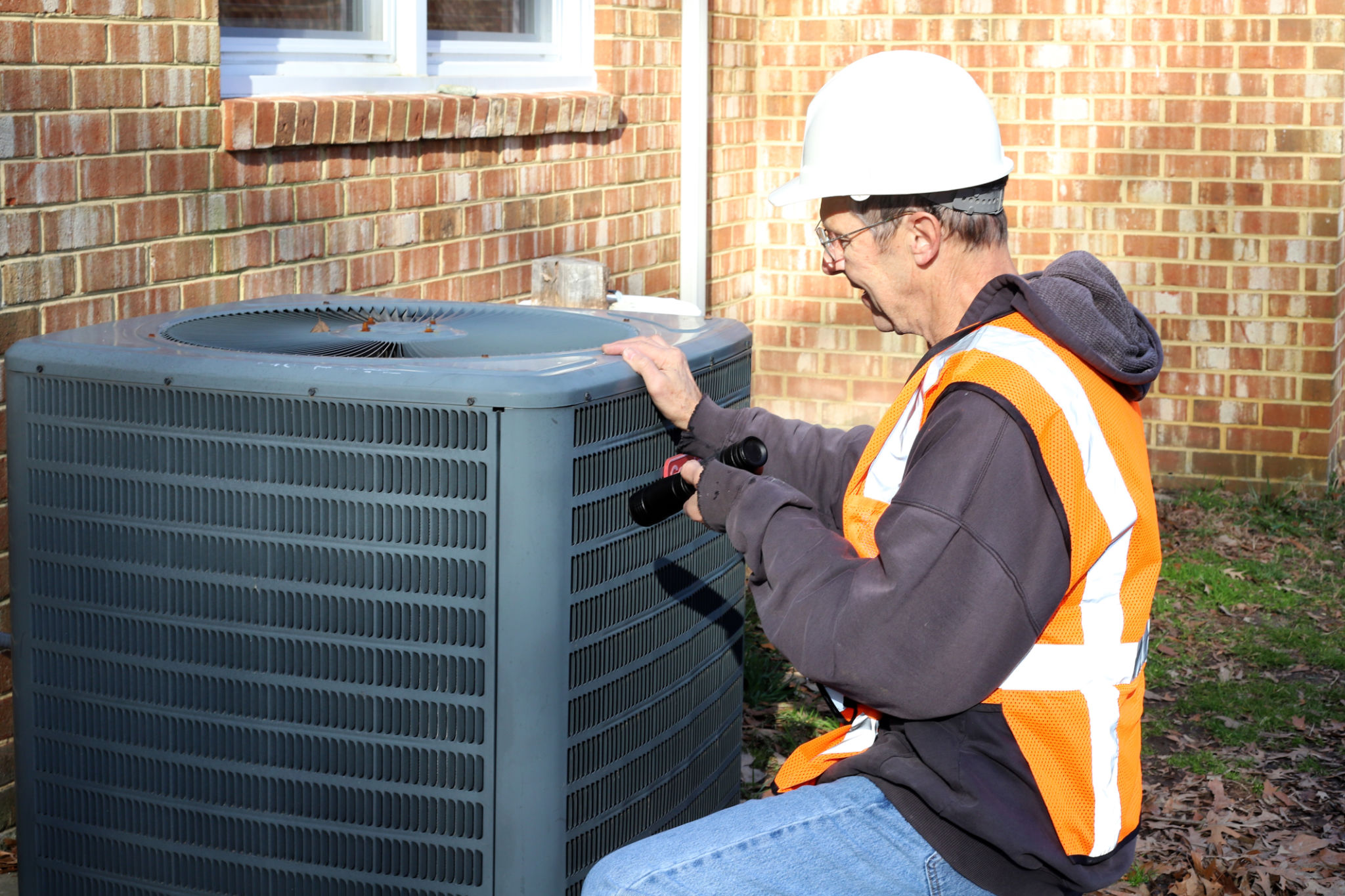Preparing for Seasonal Changes: Ensuring Your Medical Devices are Ready
Understanding the Impact of Seasonal Changes on Medical Devices
As the seasons change, so do the environmental conditions that can affect the performance of medical devices. Temperature fluctuations, humidity levels, and even barometric pressure can all have a significant impact on the functionality and reliability of these devices. Ensuring that your medical equipment is prepared to handle these changes is crucial for maintaining accuracy and safety.
Whether it's a thermometer, blood pressure monitor, or an advanced imaging machine, each device has specific requirements for optimal operation. Recognizing these needs and addressing them ahead of time can prevent malfunctions and ensure patient safety.

Regular Maintenance and Calibration
One of the most effective ways to prepare for seasonal changes is to conduct regular maintenance and calibration of your medical devices. This ensures that each device is operating within its specified parameters and can account for any environmental fluctuations.
Engaging in a proactive maintenance schedule not only extends the lifespan of your equipment but also enhances its accuracy. Consider creating a checklist that includes:
- Inspecting devices for wear and tear
- Cleaning and disinfecting components
- Updating software and firmware
- Recalibrating sensors and measuring tools

Environmental Controls and Storage Solutions
Proper storage conditions are essential for the longevity and reliability of medical devices. As temperatures drop or rise, ensuring that your storage solutions can maintain a stable environment is critical. Devices should be stored in areas with controlled temperature and humidity levels to prevent damage from condensation or extreme cold.
Investing in climate-controlled storage units or designated areas within your facility can significantly reduce the risk of environmental damage. Additionally, be aware of any specific storage instructions provided by manufacturers to ensure compliance with recommended guidelines.

Training Staff on Seasonal Protocols
Another important aspect of preparing for seasonal changes is ensuring that all staff members are trained on any new protocols or procedures that may arise. This includes understanding how to operate devices under different environmental conditions and recognizing warning signs of potential issues.
Conduct regular training sessions and provide resources such as manuals or online courses to keep everyone informed. Empowering your team with knowledge not only enhances safety but also boosts confidence in handling equipment correctly.
Utilizing Technology for Monitoring
With advancements in technology, many medical devices now come equipped with monitoring systems that can track environmental conditions in real-time. Utilizing these technologies can provide valuable insights into how devices are performing under various conditions.
Consider integrating smart systems that alert you to changes in temperature, humidity, or other factors that could affect device performance. These alerts can help you take swift action to mitigate any potential issues before they escalate.

Conclusion: Prioritizing Safety and Efficiency
As we transition between seasons, taking the time to prepare your medical devices for environmental changes is a proactive step towards ensuring their reliability and safety. By focusing on maintenance, storage, staff training, and technology utilization, you can effectively mitigate risks associated with seasonal fluctuations.
Ultimately, prioritizing these strategies not only enhances patient care but also extends the lifespan of your equipment, providing both financial and operational benefits for your facility.
